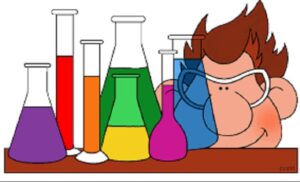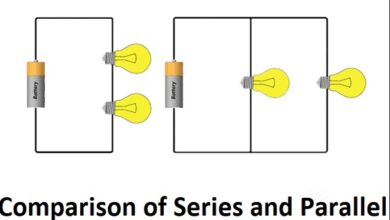Difference between pure substance and mixture Similarities and FAQs
Pure substance and Mixture
Here we will let you know about the Difference between pure substance and mixture Similarities and FAQs.

What does pure substance mean?
A pure substance is a chemical substance made up of atoms or molecules of a single type. This means that the compounds do not mix with others, and each element present in it is in the same proportion. An example of this is the noble gases, since their chemical composition is 100% of the corresponding element. To obtain a pure material, several steps must be carried out to isolate the desired component; These include distillation, evaporation, or filtering to separate it from all other compounds present in the parent material. Pure substances have many commercially important practical applications within the industrial and medical field.
What does mixture mean?
Mixture is a general term to describe the combination of two or more elements. These elements can be liquids, solids, gases and energy. A common example of a mixture is drinking water that contains equal parts oxygen and hydrogen. Mixtures can be homogeneous or heterogeneous depending on the degree to which the components are dispersed among themselves; A homogeneous mixture will present a uniform appearance, however, a heterogeneous mixture will exhibit different visible phases with different components. Mixing is widely used in modern science and technology to produce new substances from various existing materials.
Similarities between pure substance and mixture
A pure substance and a mixture have some similarities. Both are chemical compounds that consist of atoms or molecules linked together. This means that both pure substances and mixtures contain more than one chemical element, although in different proportions. Furthermore, both structures can be separated by physical means, that is, no chemical reactions occur to obtain them. However, the main difference is that while the components of a pure substance , generally made up of only two types of atoms (binary molecules), maintain their identity and properties intrinsically; The components present in the mixtures are various and their characteristics change with respect to those originally combined.
Differences between pure substance and mixture
Pure substances are those composed of a single chemical element, such as oxygen, water or salt. These elements cannot be broken down into other components by physical means, but rather require chemical processes to separate. On the other hand, mixtures are composed of two or more different substances mixed without reacting with each other. Mixtures can be separated through physical procedures without any alteration of their original components and the resulting materials have distinctive properties from the initial mixture.
Frequent questions
What is the pure substance?
A pure substance is a material made up of atoms or molecules of the same kind. This means that there are no different chemical elements present. Pure substances are homogeneous in every way, meaning that they have the same uniform appearance throughout their mass and strength.
What is a pure and compound substance?
A pure substance is a chemical element or compound that is made up of atoms of a single element. A composite substance is formed when two or more different elements combine to create new properties and characteristics.
What is a pure and simple substance?
A pure and simple substance is a homogeneous mixture of atoms or molecules that have the same chemical composition. This means that all the atoms or molecules in the substance are identical to each other, there is nothing else present in the liquid apart from those elements. Simple pure substances are often found in a gaseous, liquid, or solid state and may be natural or artificial.
What are the types of pure substances?
The types of pure substances are: 1. Chemical elements (such as iron, oxygen, and carbon) 2. Chemical compounds (such as water, hydrochloric acid, and calcium sulfate) 3. Homogeneous mixtures (such as brine and aerosols) 4. Heterogeneous mixtures (such as sand mixed with stones).
What a mix?
A mixture is a type of combination in which two or more substances are physically combined to form a new substance. The components remain separate, but cannot be separated by simple mechanical means. For example, compound air is a mixture of oxygen and nitrogen gases.
What is mixing and an example?
Mixture is a broad concept that refers to the combination of two or more elements to create something new. A common example of mixing is the preparation of drinks, such as tea with lemon and sugar.
What is a homogeneous and heterogeneous mixture?
A homogeneous mixture is a mixture in which the components are distributed evenly, as in a saline solution. An example of this would be water with sugar dissolved in it. A heterogeneous mixture is one where the components are not completely mixed or dispersed, but can be seen separately within it. An example of this would be a salad with mixed fruits and vegetables.
What is a mixture 10 examples?
A mixture is a combination of two or more different materials that have not been chemically combined. Some examples are: 1. Mixture of coffee and sugar 2. A glass of water with lemon 3. Ice cream with additional sprinkles 4. Salt water in the ocean 5. Tea with milk 6. Barbecue sauce and mayonnaise 7. Diesel fuel for vehicles 8 .Instant soup 9.White rice with black beans 10.A cake made from flour, eggs and butter




